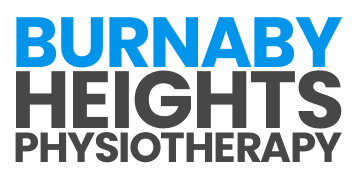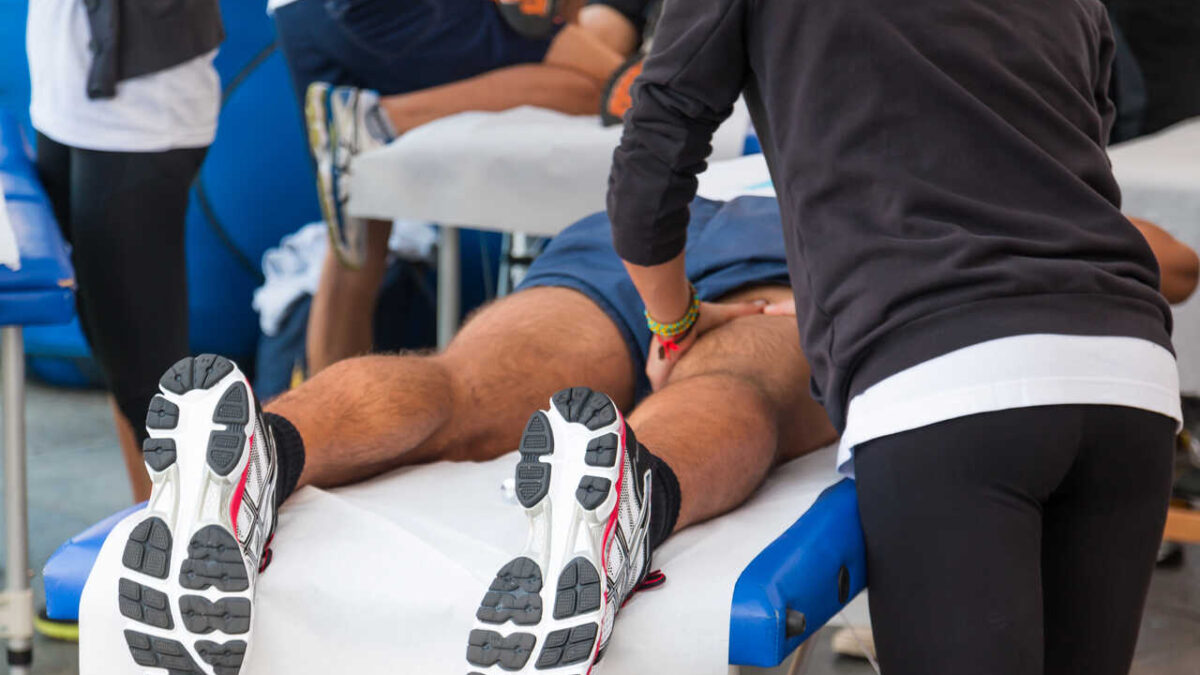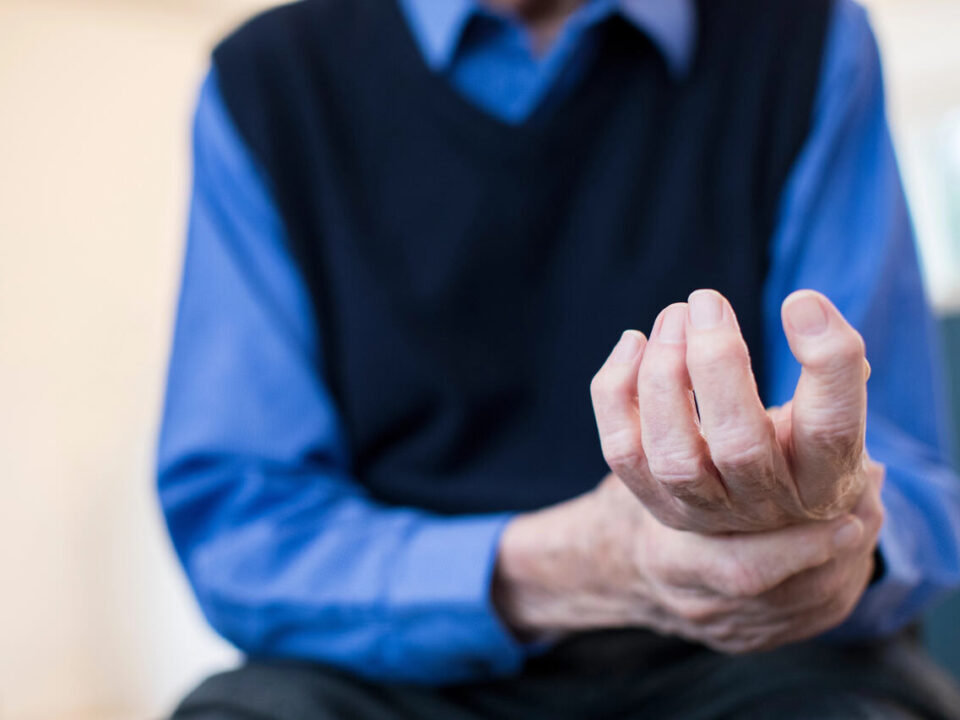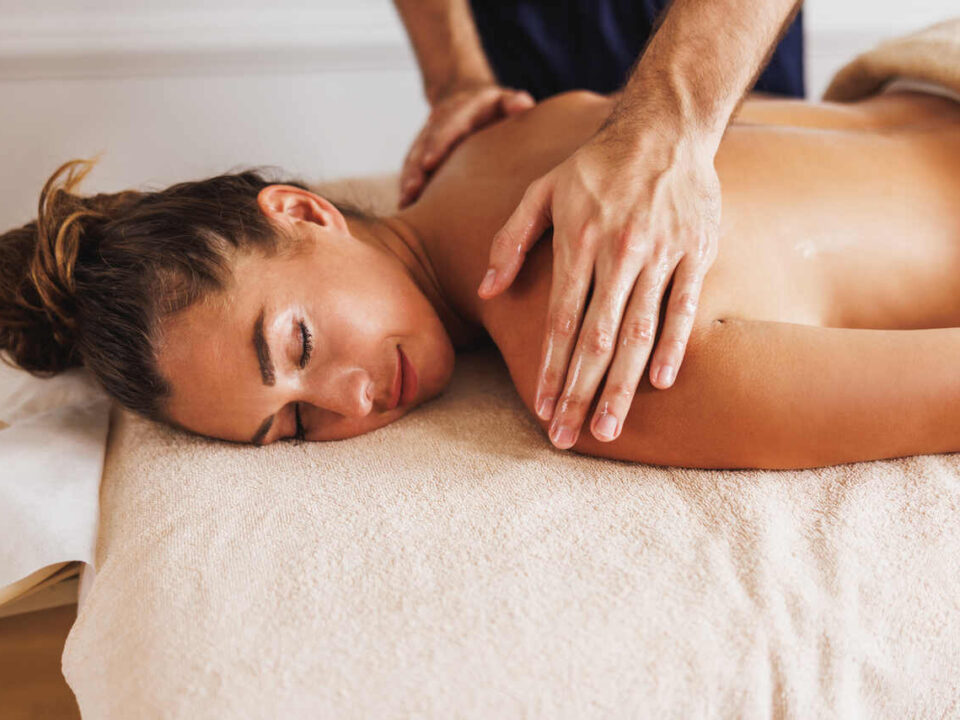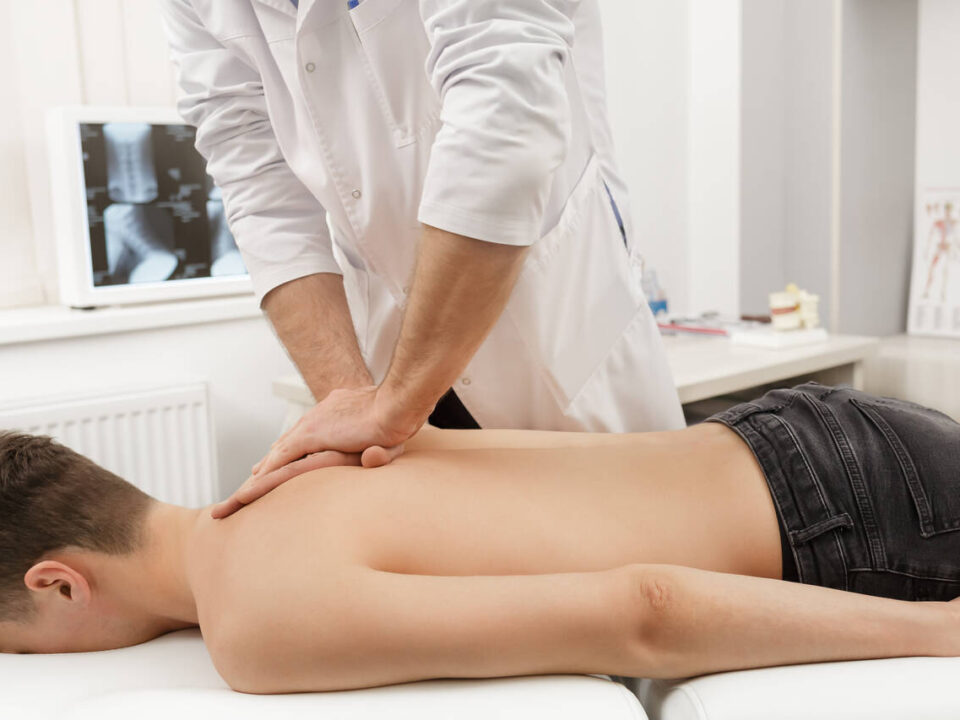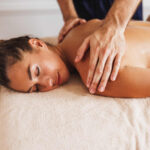
Discover the Magic of Lymphatic Drainage Massage Therapy for Your Health
July 18, 2024
Transform Your Life: Massage Therapy for Arthritis Relief
July 18, 2024Introduction to Sports Massage Therapy
What is Sports Massage Therapy?
Sports massage therapy is a specialized form of massage designed to help athletes enhance their performance and recover from injuries. It incorporates various techniques to address the specific needs of individuals engaged in physical activity. Unlike Swedish massage therapy, which focuses on relaxation, sports massage aims to improve flexibility, prevent injuries, and enhance athletic performance.
Sports massage therapy involves a combination of strokes and manipulations to target muscles and tissues used during sports activities. These techniques may include deep tissue massage therapy, myofascial release, and trigger point therapy. Each session is tailored to the athlete’s specific requirements, whether it’s preparing for an event or recovering post-competition.
Benefits of Sports Massage Therapy
Sports massage therapy offers a range of benefits that can significantly improve an athlete’s overall well-being and performance. Here are some key advantages:
- Enhanced Flexibility: Regular sessions help improve the flexibility of muscles and joints, reducing the risk of injuries.
- Injury Prevention: By addressing muscle imbalances and tightness, sports massage can help prevent common sports injuries.
- Improved Circulation: Enhanced blood flow helps in the quicker removal of metabolic waste and better oxygen delivery to muscles.
- Reduced Muscle Tension: Techniques like deep tissue massage effectively reduce muscle tension and soreness.
- Accelerated Recovery: Post-event massages aid in faster recovery by reducing muscle fatigue and promoting relaxation.
| Benefit | Description |
|---|---|
| Enhanced Flexibility | Improves muscle and joint flexibility, reducing injury risk |
| Injury Prevention | Addresses muscle imbalances and tightness |
| Improved Circulation | Enhances blood flow, aiding in waste removal and oxygen delivery |
| Reduced Muscle Tension | Decreases muscle tension and soreness |
| Accelerated Recovery | Speeds up recovery by reducing fatigue and promoting relaxation |
These benefits make sports massage therapy an essential component of an athlete’s training and recovery regimen. To learn more about the various techniques used in sports massage, check out our article on massage therapy techniques. If you are interested in how sports massage can help with specific conditions, visit our pages on massage therapy for back pain and massage therapy for carpal tunnel syndrome.
Understanding the Techniques
To fully benefit from sports massage therapy, it’s essential to understand the techniques used in this specialized form of therapeutic massage therapy. Here, we will discuss two key techniques: deep tissue massage and myofascial release.
Deep Tissue Massage
Deep tissue massage is a technique that focuses on the deeper layers of muscle and connective tissue. This method uses slower strokes and more intense pressure compared to other types of massage, such as Swedish massage therapy. It is particularly effective for athletes as it helps to alleviate chronic muscle tension, improve blood flow, and reduce inflammation.
During a deep tissue massage, the therapist will use their fingers, thumbs, and sometimes elbows to apply pressure to specific areas of tension. This technique can be beneficial for treating sports injuries, breaking down scar tissue, and relieving muscle knots.
| Benefits of Deep Tissue Massage | Description |
|---|---|
| Pain Relief | Helps alleviate chronic pain and muscle tension |
| Improved Mobility | Enhances range of motion and flexibility |
| Injury Prevention | Reduces the risk of future injuries by addressing muscle imbalances |
For more detailed information on this technique, visit our article on deep tissue massage therapy.
Myofascial Release
Myofascial release is another essential technique used in sports massage therapy. This method focuses on releasing tension in the fascia, the connective tissue that surrounds muscles, bones, and organs. Athletes often experience tightness in the fascia due to repetitive movements and intense physical activity.
In a myofascial release session, the therapist will apply gentle, sustained pressure to the fascia to release restrictions and improve overall movement. This technique can help reduce pain, enhance flexibility, and improve athletic performance.
| Benefits of Myofascial Release | Description |
|---|---|
| Pain Reduction | Relieves chronic pain and discomfort |
| Increased Flexibility | Improves range of motion and muscle elasticity |
| Enhanced Circulation | Promotes better blood flow and nutrient delivery to tissues |
For additional insights into various massage techniques, explore our comprehensive guide on massage therapy techniques.
By understanding these techniques, you can make informed decisions about incorporating sports massage therapy into your routine. Whether you’re looking to relieve pain, improve flexibility, or enhance your athletic performance, these methods offer valuable benefits. For more information on the advantages of sports massage, check out our article on massage therapy benefits.
Targeted Areas for Athletes
Sports massage therapy can be tailored to meet the specific needs of different athletes. Whether you’re a runner, weightlifter, or swimmer, targeted massage can help enhance your performance and aid in recovery.
Benefits for Runners
Runners often experience tightness and soreness in their legs, particularly in the calves, hamstrings, and quadriceps. Sports massage therapy can help alleviate these issues by improving blood flow, reducing muscle tension, and enhancing flexibility.
| Benefits for Runners | Description |
|---|---|
| Improved Flexibility | Helps maintain and improve the range of motion in leg muscles |
| Reduced Muscle Soreness | Alleviates delayed onset muscle soreness (DOMS) |
| Enhanced Circulation | Boosts blood flow to the lower extremities |
| Injury Prevention | Identifies and addresses potential issues before they become injuries |
For more information on how massage can benefit runners, explore our article on massage therapy for back pain.
Benefits for Weightlifters
Weightlifters put significant strain on their muscles, particularly in the upper body, including the shoulders, back, and arms. Sports massage therapy can aid in muscle recovery, reduce the risk of injury, and improve overall muscle performance.
| Benefits for Weightlifters | Description |
|---|---|
| Muscle Recovery | Accelerates the repair of muscle fibers |
| Injury Prevention | Reduces the risk of strains and sprains |
| Enhanced Muscle Performance | Improves the overall function and strength of muscles |
| Reduced Muscle Tension | Eases tightness in frequently used muscle groups |
To learn more about how different massage techniques can help weightlifters, check out our article on deep tissue massage therapy.
Benefits for Swimmers
Swimmers often deal with muscle fatigue and tension in the shoulders, back, and legs due to repetitive motion. Sports massage therapy can help relieve this tension, improve flexibility, and enhance overall performance in the water.
| Benefits for Swimmers | Description |
|---|---|
| Improved Flexibility | Increases the range of motion in key muscle groups |
| Reduced Muscle Fatigue | Eases soreness and fatigue from repetitive motions |
| Enhanced Circulation | Promotes better blood flow to major muscle groups |
| Injury Prevention | Helps identify and address muscle imbalances |
For more insights on how massage can benefit swimmers, read our article on massage therapy techniques.
By focusing on the targeted needs of different athletes, sports massage therapy can be a powerful tool in enhancing performance and promoting recovery. Whether you’re a runner, weightlifter, or swimmer, incorporating regular massage sessions into your routine can help you reach your athletic potential.
Pre-Event and Post-Event Massages
Pre-Event Preparation
Pre-event sports massage therapy focuses on preparing your muscles and mind for the physical activity ahead. This type of massage typically involves lighter techniques designed to increase blood flow, enhance flexibility, and reduce muscle tension. A pre-event massage is usually performed 15-45 minutes before the event.
Benefits of Pre-Event Massage:
- Enhanced Circulation: Increased blood flow to muscles, improving oxygen and nutrient delivery.
- Improved Flexibility: Loosening of muscles and joints, reducing the risk of injury.
- Mental Focus: Helps athletes relax and focus, reducing pre-competition anxiety.
| Benefit | Description |
|---|---|
| Enhanced Circulation | Increases blood flow to muscles |
| Improved Flexibility | Loosens muscles and joints |
| Mental Focus | Reduces pre-competition anxiety |
For more detailed techniques on pre-event massage, you can explore various massage therapy techniques.
Post-Event Recovery
Post-event sports massage therapy is designed to aid in recovery after physical exertion. This type of massage helps to remove metabolic waste products, reduce muscle soreness, and promote relaxation. It is generally performed within 30 minutes to 24 hours after the event.
Benefits of Post-Event Massage:
- Muscle Recovery: Speeds up the removal of lactic acid and other metabolic waste.
- Reduced Soreness: Alleviates delayed onset muscle soreness (DOMS).
- Relaxation: Encourages overall relaxation and reduces stress.
| Benefit | Description |
|---|---|
| Muscle Recovery | Removes lactic acid and metabolic waste |
| Reduced Soreness | Alleviates delayed onset muscle soreness |
| Relaxation | Reduces stress and promotes overall relaxation |
Incorporating post-event massage into your routine can significantly enhance your recovery process. For more information on combining sports massage with other recovery techniques, refer to our section on combining with other recovery techniques.
By integrating both pre-event and post-event massages into your athletic regimen, you can optimize your performance and recovery. For more insights on the benefits and techniques of sports massage, check out our articles on deep tissue massage therapy and trigger point therapy massage.
Incorporating Sports Massage into Your Routine
Integrating sports massage therapy into your routine can significantly enhance your athletic performance and overall well-being. Understanding the ideal frequency and how to combine it with other recovery techniques can help you maximize the benefits.
Frequency of Sessions
The frequency of sports massage sessions can vary depending on your training intensity, goals, and personal needs. Here is a general guideline to help you determine the optimal frequency:
| Training Intensity | Frequency of Sessions |
|---|---|
| Light | Once a month |
| Moderate | Every 2-3 weeks |
| Intense | Once a week |
For those engaging in intense training or preparing for a competition, weekly sessions can aid in maintaining muscle flexibility and reducing the risk of injury. Athletes with moderate training schedules may benefit from bi-weekly sessions, while those with lighter routines can opt for monthly massages. Always listen to your body and adjust the frequency as needed.
Combining with Other Recovery Techniques
To maximize the benefits of sports massage therapy, it’s essential to integrate it with other recovery techniques. Here are some complementary methods to consider:
- Hydration: Keeping your body hydrated is crucial for muscle recovery and overall health.
- Stretching: Regular stretching helps maintain flexibility and prevent muscle tightness.
- Foam Rolling: Foam rolling can aid in releasing muscle tension and improving blood circulation.
- Proper Nutrition: Consuming a balanced diet rich in proteins, vitamins, and minerals supports muscle repair and growth.
- Rest and Sleep: Adequate rest and sleep are vital for allowing your body to recover and rejuvenate.
Combining these methods with sports massage therapy can significantly enhance your recovery process and athletic performance. For more information on various massage techniques, check out our articles on therapeutic massage therapy and deep tissue massage therapy.
Finding a Sports Massage Therapist
Choosing the right sports massage therapist is crucial for maximizing your athletic potential and ensuring you receive the best care. Here are some key factors to consider when selecting a therapist.
Qualifications to Look For
When searching for a sports massage therapist, it’s important to verify their qualifications. Proper training and certification ensure that the therapist has the necessary skills to provide effective treatment.
| Qualification | Description |
|---|---|
| Certification | Look for therapists certified by reputable organizations such as the National Certification Board for Therapeutic Massage & Bodywork (NCBTMB). |
| Education | Ensure the therapist has completed a recognized massage therapy program. Additional specialized training in sports massage is a plus. |
| Experience | Experience working with athletes can be beneficial. Ask about their experience with your specific sport or activity. |
| Licensing | Verify that the therapist holds a valid state license to practice massage therapy. |
Questions to Ask Before Booking
Before committing to a session, it’s wise to ask potential therapists a few questions to ensure they’re the right fit for your needs. Here are some important questions to consider:
- What techniques do you use in sports massage?
- It’s helpful to know if they utilize methods such as deep tissue massage therapy or myofascial release.
- Do you have experience working with athletes?
- Experience with athletes can provide insight into the therapist’s familiarity with sports-related injuries and recovery techniques.
- What are your session rates and available packages?
- Understanding the cost is essential. Some therapists offer package deals that could be more economical in the long run.
- Do you offer pre-event and post-event massages?
- Knowing if they provide both pre-event preparation and post-event recovery massages can be crucial for your training regimen.
- Can you provide references or testimonials?
- Positive feedback from other clients can give you confidence in the therapist’s abilities.
By asking these questions and verifying qualifications, you can find a sports massage therapist who meets your needs and helps you stay at the peak of your athletic performance. For more information on various massage therapy techniques and their benefits, check out our articles on therapeutic massage therapy and massage therapy techniques.


